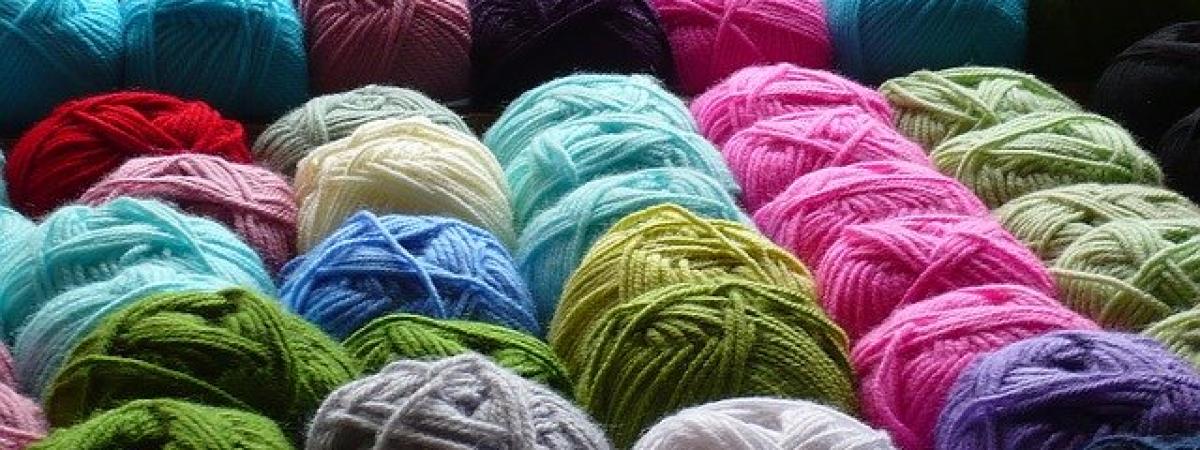All the colours of wound care
published in The Hippocratic Post,
21 December 2016

Yellow, green, brown, blue, pink and black: not the potting order for the coloured balls in snooker, but the colours in some of the worst wounds that I have dressed as a nurse. Dealing with incontinence is not the most gruesome aspect of the nursing role: it can be far harder to stomach wound care.
The nursing home setting where I work is a fertile ground for wounds to develop. Falls, diabetes, a lack of appetite, reduced mobility, incontinence, prescribed steroids and aged skin are all factors that increase the likelihood of wounds. A diagnosis of dementia doesn’t help either because it can be hard to remember why the nurse wanted you to relieve the pressure from a body part; the scab or bandage can also become an interesting novelty or irritation to pick at.
I’ve also nursed in neurosurgery, cardiac surgery, vascular surgery and ENT. Surgical wounds can be a dream to dress: the skilled surgeon leaving a neat line of clips of stitches to remove at the appointed time…as long as there’s no miscommunication and they are removed too early, as I once did. Here are some of the worst wounds that I’ve dressed.
Looking at the heart
The Bible teaches that “man looks at the outward appearance, but the Lord looks at the heart” – and so, in a different sense have I, when I glimpsed the beating heart through a severely infected sternotomy wound. The infection ran deep, eating its way through the tissues.
In this case, negative-pressure wound therapy was prescribed. I watched in awe as my mentor cut the foam dressing to fill the cavity and applied a vacuum pump to the wound. The vacuum is designed to remove exudate and increase restorative blood flow to the area. I have seen it work wonders; sadly this lady died, one Halloween night.
The dog ate my legs
Yes, not my homework but my legs. This was the explanation given to me as I removed the dressings from the lower legs of an elderly resident. A greenish fluid poured from the legs and a myriad of colours and stages of tissue decay presented itself; the odour was the most memorable feature. The lady explained that she had had a beloved dog for the disabled who had always accompanied her on car journeys by sitting in the passenger footwell. She had reduced sensation in her legs, and the dog used to scratch at her legs. Nothing surprises me as a nurse now.
We faithfully dressed these wounds twice a week for two years. The legs are healed, the dog is no longer with us. Honey was the healer here: its antimicrobial, deodorizing, debriding and anti-inflammatory actions in the wound bed have often worked wonders on wounds.
Bring out the maggots
My work with amputees taught me about maggots and morphine: morphine because phantom pain is real and excruciating; maggots because they were called for when the stumps became necrotic.
The magic of maggots was discovered in the First World War, when it was observed that maggot-infested wounds healed more quickly, because the maggots clear away the dead tissue and allow healing to begin. The maggots were applied to the wound in a specially formulated teabag (I only drank coffee whilst working on this ward). The maggots worked well, but a split teabag would send panic throughout the ward; flies could also be a problem if the dressing change was overdue.
Lollipop sticks at night-time
ENT surgeons can work wonders with mouth cancers, removing the tumour and replacing it with a skin flap from another body part, frequently the leg. In this case, the clean surgical wound didn’t present a problem to the nurse – though we would have to keep a close eye on the perfusion of the recently installed flap. One night shift, I had to press a lollipop stick against the inside of the mouth every 15 minutes, checking how quickly the colour returned to the area. Pink is definitely my favourite colour in nursing.
The lady with no face
Once a wound is healed, disfigurement can remain. One lady was admitted to the nursing home with a pad over one side of her face. As is not unusual, we were not told her medical history. The pad fell off to reveal a great chasm where the face had once been: we later learnt that a tumour had been removed years previously.
The lady asked for a cup of tea; my heart broke a million times as I thought of her plight. With one carer holding a dental plate in place to form a temporary mouth for drinking, I administered the tea. She clutched my hand tightly and I knew then why I am a nurse. The world teaches independence; nursing teaches interdependence which is a far more profound and fulfilling experience.
